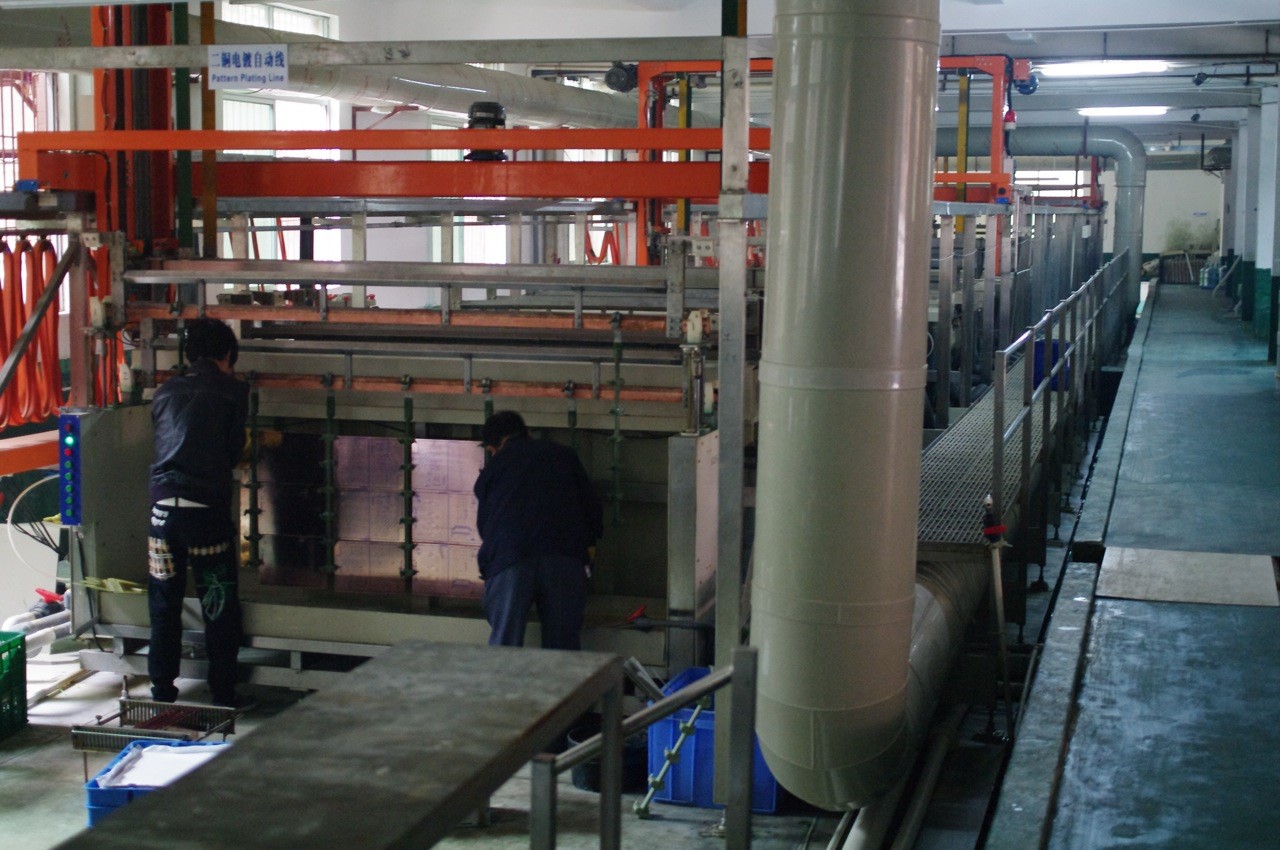There are many treatments available for surfaces that play a major role in numerous industries around the world. They can be used to sterilise and degrease surfaces, in the manufacturing of fuel tanks and biochips, and for many other purposes.
There are many types of surface treatments, including:
Electroplating – this method enables metallic coatings to be formed by utilising electrical reduction effects. This method is employed across a wide variety of industries and on items ranging from micro components to home appliances and even cars.
Electroless plating – this process, as evidenced by its name, does not use electricity. The film thickness is more uniform with this method, but it is slower than electroplating.
Chemical coating – this process uses chemical reactions such as Parkerising to create thin films of oxide and sulphide that can then be used for colouring metal, protecting against corrosion and priming surfaces for painting.
Find out more
If you would like to learn more about these types of treatments, take a look at the website of an expert in this discipline such as https://www.poeton.co.uk/treatments.
Hot dipping – this process involves dipping items in dissolved zinc, tin, lead or aluminium, during which a surface metallic film emerges. This process is sometimes also called Tempura plating or Dobuzuke plating. An example of this is zinc plating on steel towers.
Thermal spraying – this process involves melted or heated materials being sprayed onto a surface. It is often used as a paint primer for large objects or for wear prevention. The value of the global thermal spray coating market is predicted to exceed $12bn (£9.07bn) by 2022.
Vacuum plating – this process is carried out at a low temperature and is a very clean method. It offers the choice of thick or thin coatings of multiple materials including plastic, fibre and wood. Vacuum plating can be applied to materials that other plating cannot, including non-conductive ones.
Painting – one of the most obvious treatments of surfaces includes spray painting, electrostatic painting and powder painting. This is mostly used for decorative purposes but also for anti-rusting and anti-corrosion.
Surface hardening – this process improves the fatigue strength and anti-wear of a surface by altering its metal surface properties. Examples of this process include carburising, induction hardening of steel, and nitriding.


